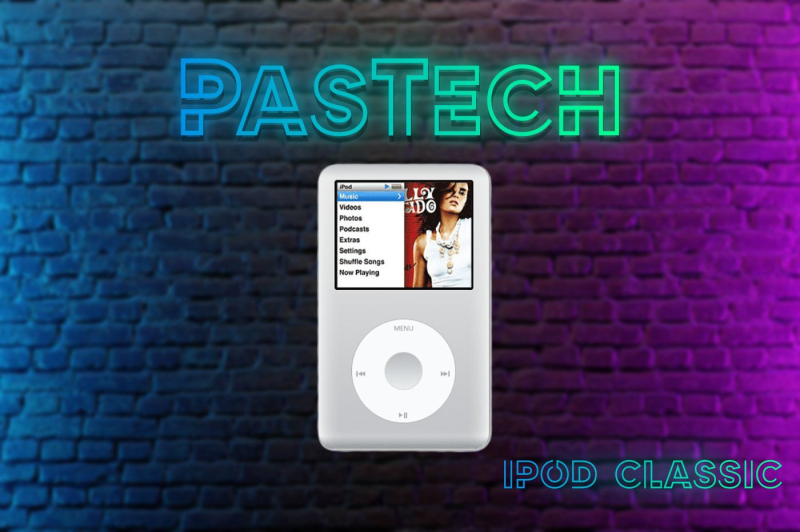
© Presse-Citron.net
October 2001. While players were just discovering GTA 3 on PlayStation 2 and we were doing our web searches with Yahoo! (even Lycos for some), at Apple we are presenting a brand new digital music player: the iPod. The MP3 is then booming, but on Steve Jobs' side, it is difficult to find what he is looking for among the players offered by the competition. Excited by the success of its iMac, Apple is preparing to revolutionize music.
Because we haven't always had a 4K screen in front of our eyes, an OLED HDR smartphone in our hand and wireless controllers on our knees, PasTech will help you offers a refreshing little return to the past, to the (re)discovery of certain emblematic products which have made (or not) the history of tech. So we say 5, 4, 3, 0, and then bam, PasTech!
Apple iPod: (more than) 20 years already!
Subscribe to Lemon Squeezer
At the start of the 2000s, no iPhone obviously, no iPad either… Worse still, Apple has just escaped the bankruptcy that was hanging over its face. The American giant will, however, bounce back, first with its iMac, then with this astonishing iPod, presented to the world on October 23, 2001. Concerned to create an MP3 player worthy of the name, Steve Jobs, Phil Schiller and Jon Rubinstein imagined this new digital toy.
At first glance, nothing revolutionary with this iPod, MP3 players are already available on the market. On the Apple side, however, we want to take advantage of SoundJam MP (a recently purchased software) but also offer an audio player capable of storing a thousand songs. To do this, the iPod must have a miniature hard drive. Apple then turns to Toshiba.
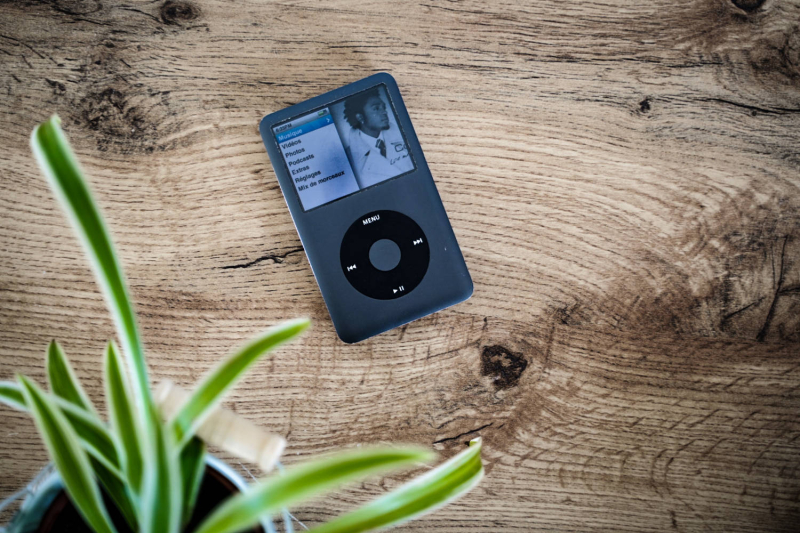
© Lemon squeezer
In terms of looks, the first iPod is equipped with a 2″ and a resolution of 160 × 128 pixels. Under the hood, we find a 1.8″ hard drive, with a capacity of 5 GB, enough to store 1 000 songs (in MP3 160 kb/s). Inseparable from iTunes software, the iPod is MP3 compatible, but also AIFF and WAV. Hard drive requires, the iPod can be used to store any document.
On this subject, the story goes that Apple chose the name “pod” in homage to these ships which dock with the mother ship. No science fiction here, but we find the image of this small ship (i.e. the iPod) which is attached to a mother ship, then embodied at Apple by the computer iMac. A name suggested by an independent advertising executive, Vinnie Chieco.
As for the interface, there is no need to touch the iPod screen as we instinctively do today; today. Indeed, under the screen, we find a small wheelwhich will allow you to navigate through the menus and scroll through the songs. Added to this are four large buttons, without forgetting a central button. The very first iPod was sold for $399 in the United States… and its success is anything but immediate.
A very (too) restrictive first iPod, but quickly corrected by Apple
Indeed, despite its “advanced side“, the iPod is also full of restrictions. This is particularly the case for its FireWire connection, which made the iPad compatible only with Macs, but also (to a lesser extent) for its dependence on iTunes… Over the generations, the iPod will become more desirable, in particular by making itself compatible with Windows and with USB connectivity (iTunes arrives on Windows in October 2003). Added to this is an optimized design, not to mention a price that gets slimmer as the storage expands. A cardboard box that has become a social phenomenon.
Building on this success, the American giant will offer its portable music player in several models. We can thus opt for the very charming iPod mini in 2004, with its reduced look and its different colors, without forgetting the iPod nano and the iPod shuffle, a bare model screen dubbed by the runners.
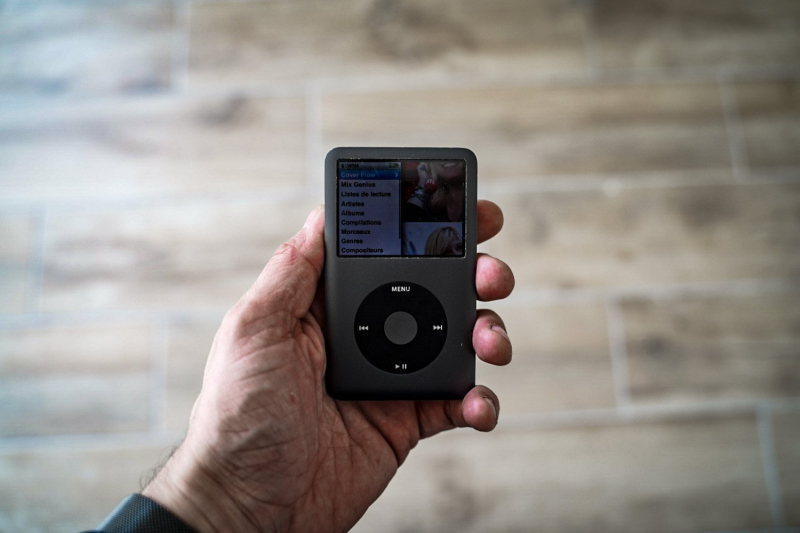
© Lemon squeezer
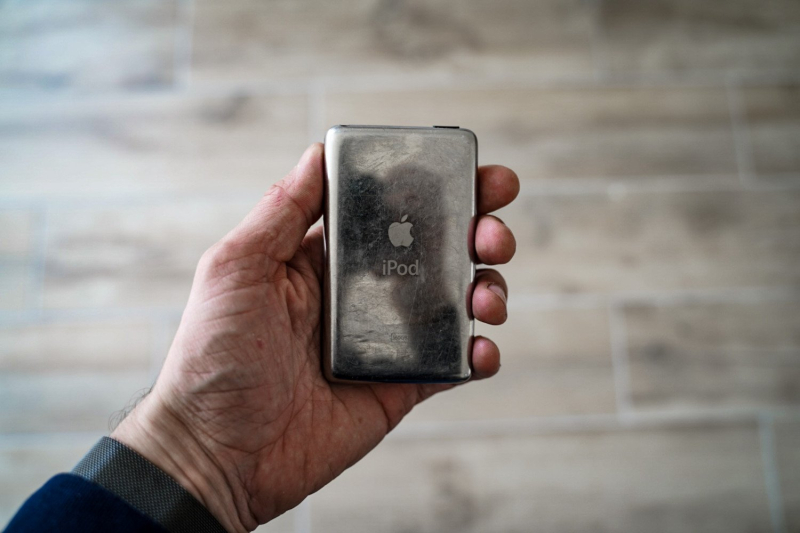
© Lemon squeezer
In 2007, when the iPhone had only been a reality for a few weeks, Apple launched a new generation iPod, inspired by the smartphone: the Touch! To put it simply, it's an iPhone from which the phone and camera functions have been removed. An iPod Touch (under iOS) that will stand the test of time since it has gone through no less than 7 distinct generations, the last having been launched in 2019.
More than 20 years, and 450 million sales
More than 20 years after its creation,the iPod remains inseparable from the history of Apple… and the little portable music player continues to be talked about again and again, with certain features (of the iPhone in particular) arising directly from the experience acquired with the iPod.
Over the years, the digital music player will gradually fade away from the essential smartphones, and the iPod Touch will logically leave the Apple catalog in 2022, with an official end of production on Tuesday May 10. Music streaming will definitively put an end to the existence of the iPod, the interest of which was based on music storage.
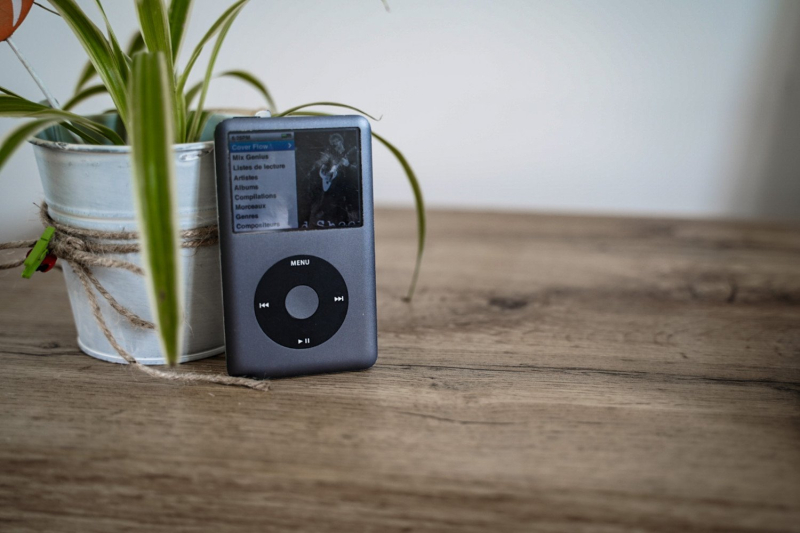
© Presse-citron
In total, the iPod era will have lasted no less than 21 years, and Apple claims more than 450 million copies sold worldwide , all models combined. The impact of the iPod will have gone far beyond the simple musical aspect, the Californian giant having gradually revolutionized our way of consuming music, which is reflected today at Apple by the platform dedicated Apple Music.
📍 To not miss any news from Presse-citron, follow us on Google News and WhatsApp.

